Dec, 2023
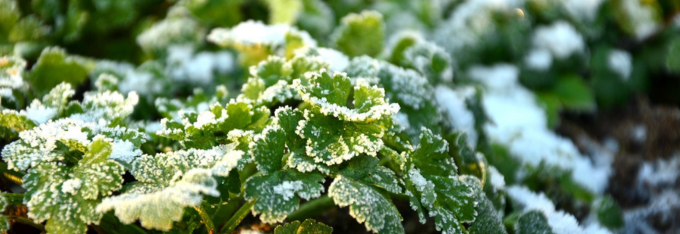

Winter can be a tricky time for plants and the health of your garden. Freezing temperatures and reduced light levels can test the resilience of your plants. However, with the right care, you can ensure the health and vitality of your garden even during the coldest months. Here are a few essential tips for looking after your plants and garden throughout the winter.
Frost can be extremely damaging to plant roots. Protect them by applying a thick layer of mulch around the base of each plant. Mulch acts as an insulating blanket, helping to maintain a more constant temperature and prevent frost damage.
People think that winter means less watering, but you have to take this into account and pay attention to your plants' water requirements. Roots need moisture to survive, but excess water can also cause rotting problems. Water plants only when the soil surface is dry.
Winter is the ideal time to do some light pruning on certain plants. Remove dead or damaged branches to stimulate healthy growth in spring. However, avoid severe pruning during winter, as this can make plants more vulnerable to the cold.
Cold winter winds can dry out and damage plant leaves and stems. Use hedges or fences to protect your garden from strong winds. You can also use special canvas to create temporary barriers.
If you have cold-sensitive plants, such as citrus or tropical pot plants, consider moving them indoors during the winter. If this isn't possible, surround them with mulch, blankets or special covers to protect them from the cold.
Would you like to improve the photosynthetic activity of your plants and green them up? Don't hesitate to discover our eco-friendly colorants.
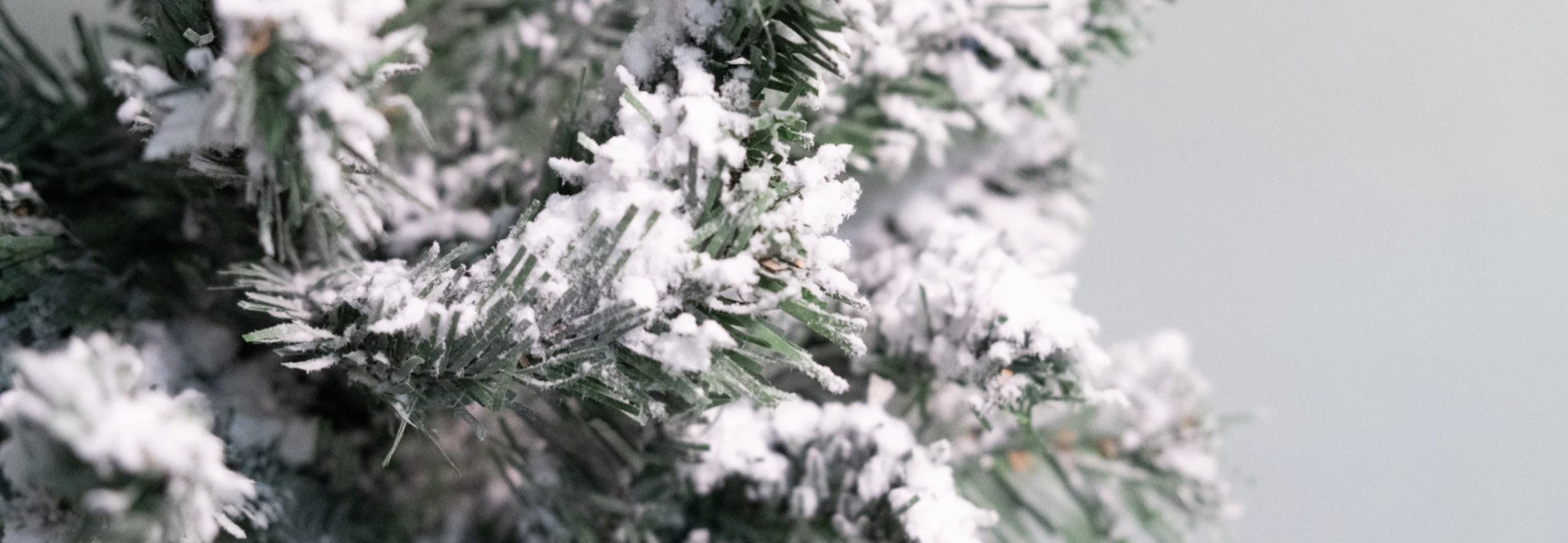
Decorating the Christmas tree is one of the most important end-of-year traditions. This year, why not add a personal touch by flocking your tree yourself? You'll be able to add a touch of color and originality, with magnificent results.
To flock your own tree, you'll need a few basic supplies. You'll find our WinterColor product, a white flocking powder that gives your tree an instant snow effect. If you wish, you can bring along a flocking gun and protective gloves (not compulsory). Make sure you have a tarpaulin to protect the ground and a well-ventilated area to avoid excessive accumulation of flakes in the air.
Don't forget to water your tree before applying the product.

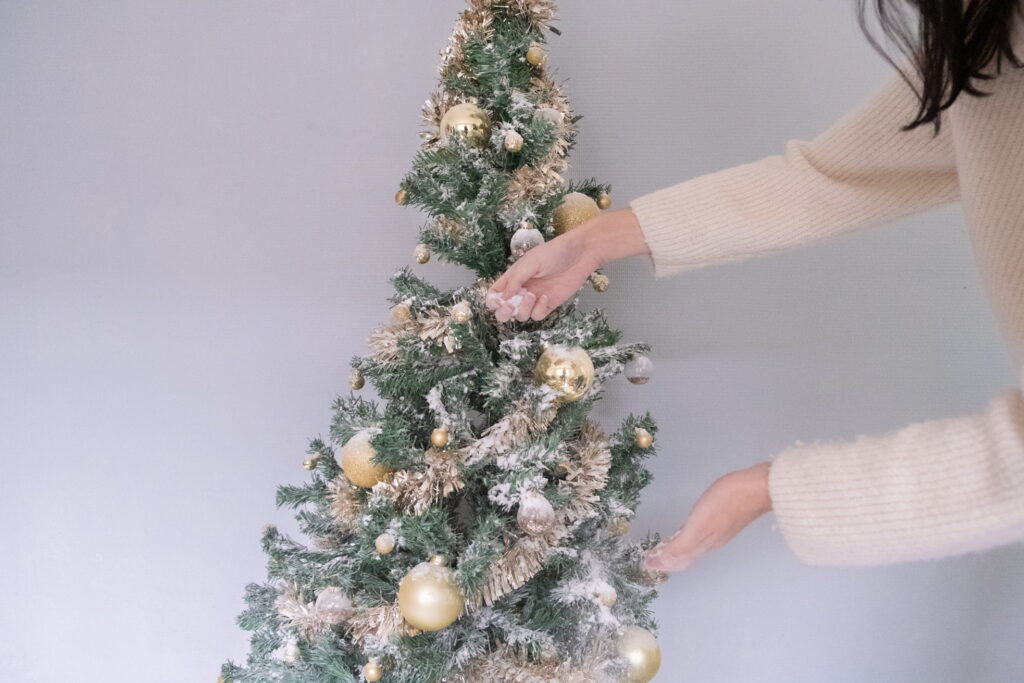
Snowflake application on the tree is a crucial step.
You can spread the flakes carefully by hand, trying to get even coverage on the branches of your tree.
This process instantly adds a touch of sparkling snow, transforming your tree into a blank canvas that blends in with your festive decor.
Whether you want to recreate the magic of a snowy day or simply add an elegant dimension to your decor, applying snowflakes is the ideal way to personalize your Christmas tree and make your home shine during the festive season.
One of the advantages of flocking your own tree is that you can personalize it to your own taste. You can choose classic white snow, but there are also colored flakes for an original touch. Add sequins, beads or stars for an even more festive decoration.
Once the snowflake has been applied, allow your tree to dry completely before adding further decorations. If you plan to store your flocked tree for years to come, make sure it is completely dry before storing.
If you want to flock your tree outdoors, you can use our complement Vegetal Colors for better product retention.
Floating your own Christmas tree is a creative way to celebrate the holidays. Not only is it an activity that can be done as a family, but it also creates a unique decoration that will be the focal point of your celebration. So go ahead and add a personal touch to your holiday festivities by flocking your tree.

When it comes to decorating our homes for the festive season, one of the most common choices we have to make is the Christmas tree.
For this, we have two main options: natural vs. artificial trees.
But which of these two choices is the most environmentally friendly? To answer this question, let's look at the pros and cons of each option.
Natural fir trees have a long tradition in Christmas celebrations. By buying a natural fir, you support local nurseries and encourage the sustainable management of forests and farmland, which can then be sold at Christmas markets. Here are a few advantages and disadvantages of natural fir trees:

Artificial Christmas trees, made from plastic and metal, are designed to be reusable year after year. Here are the advantages and disadvantages of artificial Christmas trees:
So which option is the most environmentally friendly?
Natural fir trees have the advantage when it comes to sustainability and reducing CO2 emissions. However, it is essential to choose a responsibly grown natural tree and to recycle it properly after the holidays.
If you choose an artificial tree, make sure you keep and use it for many years to maximize its ecological benefit. When it's time to get rid of it, find out about recycling or plastic reuse options to reduce environmental impact.
Would you like to find out more about choosing the right tree? Please visit our article "How to choose the right tree?

One of the most important stages in the Christmas festivities is choosing the right tree.
In this article, we'll be looking at how to choose the right tree ?
Choosing the perfect tree can be a tricky task, but with a few tips, you can make this quest an enjoyable experience. Here's a guide to help you choose the right Christmas tree.
La première étape pour choisir le sapin idéal est de mesurer l’espace où il sera installé. Assurez-vous que le sapin que vous choisissez s’intègre dans votre salon, votre hall d’entrée ou l’endroit que vous avez choisi. N’oubliez pas de tenir compte de la hauteur sous le plafond, car il est essentiel que le sapin ne dépasse pas cette limite.
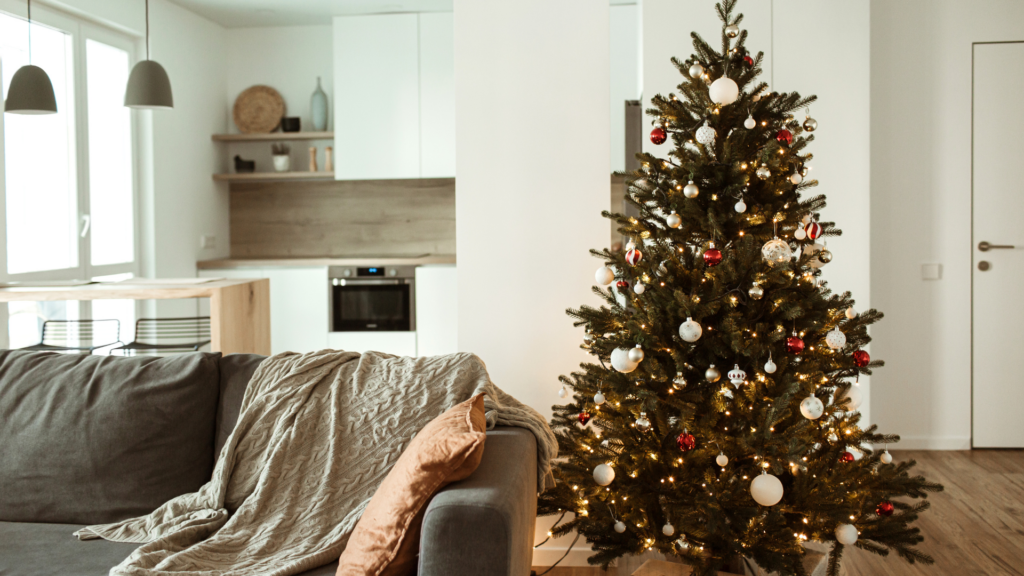
The first big decision to make is between a natural Christmas tree and an artificial one. Both options have their advantages and disadvantages. Natural trees make sense with timeless tradition, but they require maintenance and must be discarded after the holidays. Artificial trees are durable and reusable, but lack the natural charm of fresh fir. Make your choice according to your preferences and lifestyle.
If you opt for a natural fir, it's essential to understand the different varieties available. Nordmann, Spruce, Frasier and N Nobilis are among the most popular choices. Each has its own unique characteristics in terms of shape, color and shelf life. For example, Nordmann has soft, long-lasting needles, while Douglas Fir has a pleasant fragrance but requires more maintenance.
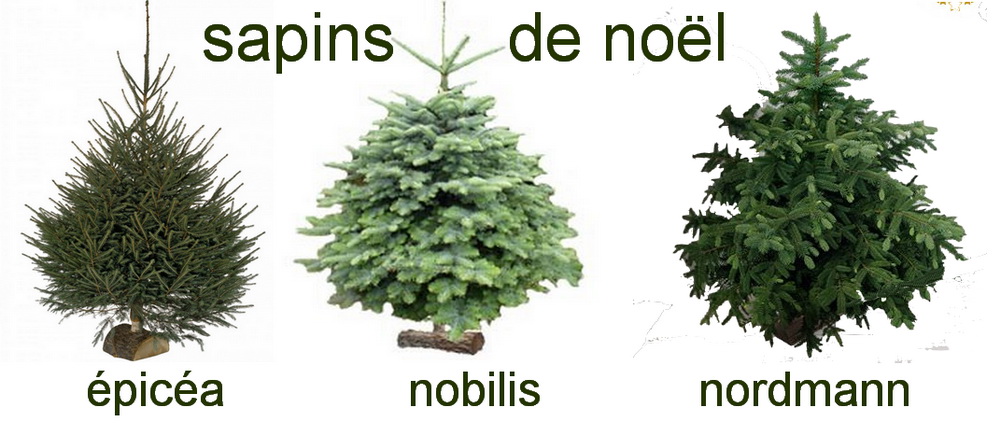
When choosing a natural fir, inspect it carefully. Look for green, flexible needles. Avoid trees that show signs of drying out, such as yellowed needles or needles that fall off easily. The base of the trunk should be recently trimmed to allow the tree to absorb water efficiently. Gently shake the tree to make sure it doesn't lose too many needles.
The height of the tree is important, but don't forget to consider its shape. Some people prefer bushy trees, while others prefer slender ones. Choose a tree with a shape that appeals to you, and one that suits your space.
Think about the aesthetics of your Christmas decoration before choosing your tree. Heavier ornaments require a solid tree with sturdy branches, while lighter ornaments can be hung on thinner branches. Think about the color of your ornaments and make sure they match the color of the tree you choose.
If you choose a natural fir, think about where it comes from. It's best to opt for a locally grown tree, which reduces the carbon footprint associated with transporting it. What's more, many municipalities offer tree recycling programs after the holidays, contributing to a more environmentally-friendly approach.
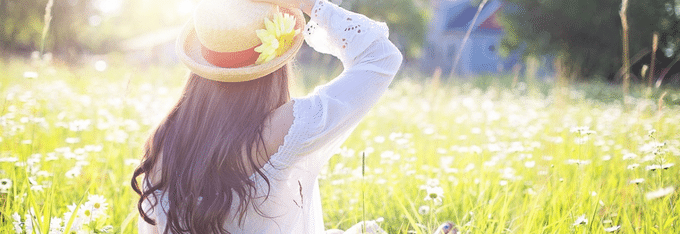
Grass, ubiquitous in our parks, gardens and public spaces, is often considered a simple aesthetic surface. However, it offers much more than that to our planet. In fact, turf plays an essential role in preserving our environment.
Have you ever considered grass itself as a partner for better health? It turns out that grass, much more than just a lawn, can bring many benefits to your physical well-being.
Let's discover the benefits of grass for our planet and our health.
First and foremost, turfgrass is a powerful ally in the fight against climate change. It absorbs CO2 from the atmosphere during photosynthesis, helping to reduce the levels of greenhouse gases responsible for global warming.
As a result, it improves air quality, since grassed areas act as natural filters, trapping dust particles and atmospheric pollutants. As a result, they help improve air quality in urban and suburban areas.
Cooling cities: By absorbing heat, grassed areas play an essential role in reducing the urban heat island effect. They help maintain cooler temperatures in urban areas, providing a more pleasant environment for residents.
Greenhouse gas reduction: Unlike impermeable surfaces such as concrete, turf does not contribute to rising local temperatures. By preventing excessive heat, it helps reduce demand for air conditioning, which translates into lower energy consumption and greenhouse gas emissions.
The benefits of grass for biodiversity :
Lawns provide a habitat for many small animals, such as insects, birds and rodents.
This local biodiversity contributes to the balance of ecosystems and the overall health of the planet. In addition, there is a wide diversity of plant species. Some of these plants provide specific habitats and attract local insects, thus contributing to the health of regional ecosystems.
Environmental protection: Soils under lawns act as natural filters, helping to remove impurities from rainwater and prevent pollution of our groundwater resources.
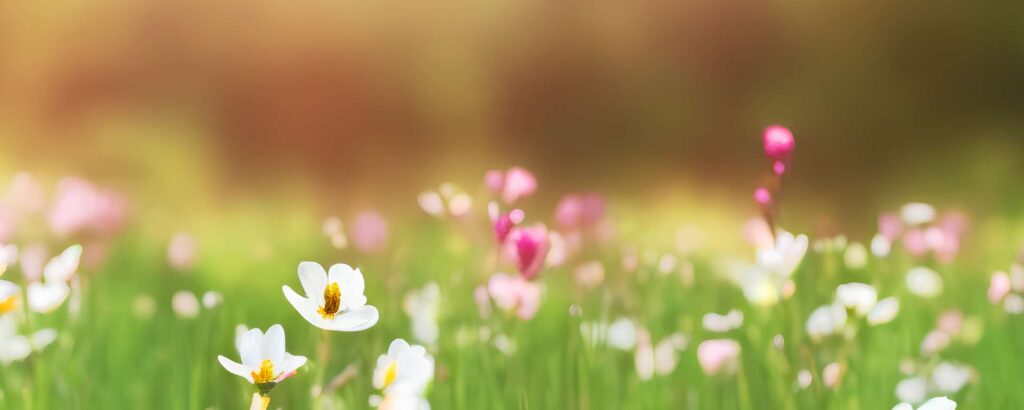
Human well-being: Green spaces, which often consist largely of grass, have beneficial effects on mental and physical health. They offer places for relaxation and social interaction.
Stress reduction: Spending time on a lawn to help reduce stress and anxiety, being in contact with nature.
In conclusion, grass isn't just a pleasing green surface to look at, it's a key element in the health of our planet. Its many benefits, from capturing CO2 to preserving biodiversity and improving air quality, make it a valuable asset for the environment. It is therefore essential to protect it and promote its presence in our communities to ensure a greener, more sustainable future for our planet.
Would you like to find out more about how to care for your garden? Please visit our article.

Every year, the month of October is synonymous with commitment, solidarity and awareness in the fight against breast cancer worldwide. The "Pink October" campaign aims to raise awareness of the importance of early detection, raise funds for research and support those affected by breast cancer. Here's a look back at last year's project: Grass painting for Pink October.
The idea of painting the Pink October logo on grass came from the desire to create a visible symbol of support and hope for all those affected by breast cancer. The idea was to take the logo from the sky.
The project begins with the creation of the Pink October logo, a symbolic pink ribbon that has become the international symbol of the fight against breast cancer. This ribbon is carefully reproduced on a lawn, using our Vegetal Colors product specially designed for use on grass. This paint is temporary, environmentally friendly and safe for plants and people.
Particular attention was paid to location, choosing a strategic spot where the logo would be clearly visible.
We use precision stencils to create the Pink October logo with great accuracy. The paint used is biodegradable and will respect the local environment. The process has been documented to share this inspiring initiative with the public.

The main aim of this project is to raise awareness of the fight against breast cancer. The Pink October logo on the lawn attracts attention and encourages people to think about the importance of prevention and early detection.
We invite you to join us in this inspiring initiative. You can help by spreading the word about this project in your community, and by taking part in awareness-raising events. Every gesture counts in the fight against breast cancer.
By painting the Pink October logo on the lawn, we create a symbol of hope, solidarity and awareness visible to all. Together, we can make a difference in the fight against breast cancer and provide support to all those affected by the disease. Pink October is the month of action, and this project embodies that spirit of commitment.
For 3 years now, we've partnered with the Ligue Contre le Cancer Haute Garonne to offer a 15% donation on purchases during the month of October.
Find out more on our page dedicated to this cause: Pink October.
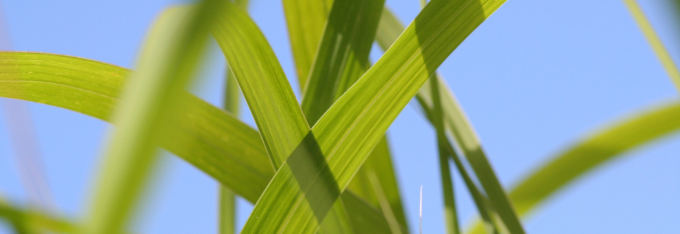
Discover how to stimulate photosynthetic activity in your plants for a healthy garden.
Photosynthesis is the mainstay of plant life, a process by which plants convert sunlight into energy, while capturing CO2 and producing oxygen (see article Carbon offsetting).
Maintaining a healthy lawn can sometimes be a challenge. One of the keys to a healthy lawn lies in stimulating its photosynthetic activity, the process by which grass converts sunlight into energy.
Water is crucial for photosynthesis, but too much or too little can slow down the process. Make sure you provide your lawn with an adequate amount of water, taking into account the needs of your region according to mandatory water restrictions and the type of lawn you have. Watering early in the morning or at the end of the day is often recommended to minimize evaporation.
Grass cutting height is important for photosynthesis. In general, it's advisable to cut no more than a third of the grass height at each mowing. Leaving the grass too short can reduce the leaf surface and hinder photosynthesis.
Regular soil aeration improves air circulation, water infiltration and root health, which in turn promotes photosynthesis.
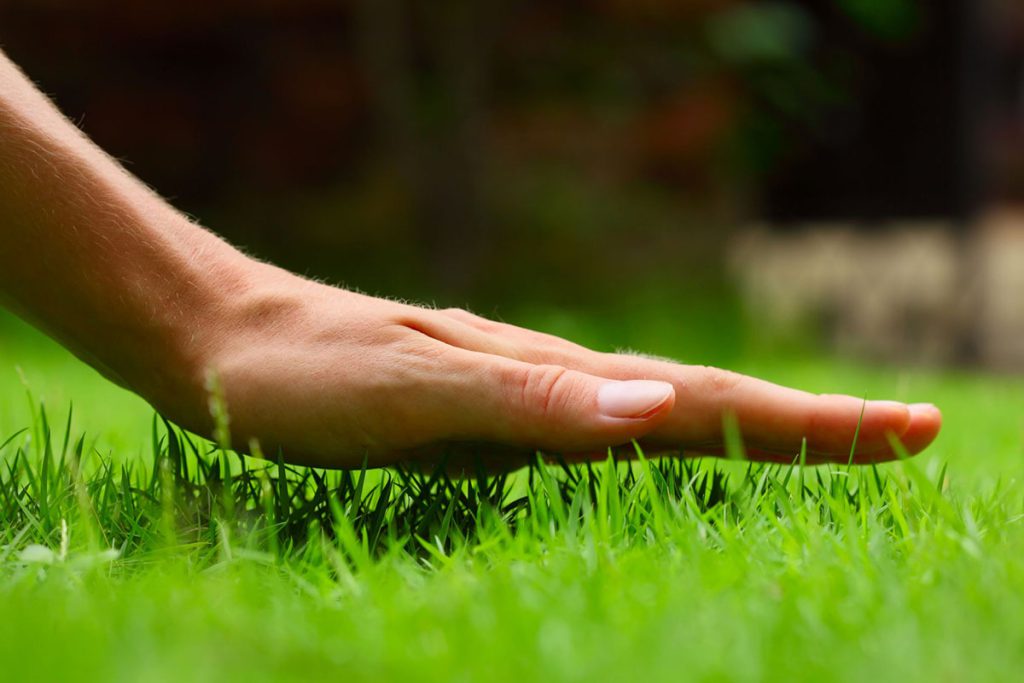
Weeds and diseases can hinder grass growth. Use appropriate methods to control them and protect photosynthesis.
Make sure your lawn receives sufficient direct sunlight. Grass needs light for photosynthesis, so avoid excessively shaded areas.
To conclude
Stimulating the photosynthetic activity of plants could revolutionise the way we maintain our lawns, reducing demand for water and helping to combat climate change. It is therefore essential to monitor the potential impact of these changes on ecosystems and to guarantee these benefits.
By understanding your lawn's needs and putting these tips into practice, you can encourage healthy photosynthesis and help your lawn to thrive. A healthy lawn is not only pleasing to the eye, it also helps to improve air quality, regulate temperature and preserve the local ecosystem.

There is one crucial element that is sometimes underestimated in the success of these performances: the turf itself.
Sports turf is much more than just greenery. Turf is a key player in sports performance, and here's why:
The quality of the turf is essential to guarantee a uniform playing surface. Irregularities, bumps or degraded areas can lead to falls or injuries to players. A well-maintained pitch ensures an even playing surface, promoting safety for all athletes.
Reduced risk of injury
A lawn in good condition helps reduce the risk of sports injuries. Grounds in poor condition, with holes or slippery areas, are prone to falls. On the other hand, a well-maintained lawn provides optimum grip and absorbs shocks, significantly reducing the risk of injury.
A field in good condition inspires confidence, promotes concentration, and allows athletes to feel at ease, which can improve their overall performance.
Image of the sporting event
For top-level sporting events, the pitch also plays an essential role for television. An impeccably maintained pitch contributes to the visual appeal of the event and helps it to achieve greater renown.
EdenColor offers an eco-responsible alternative to improve the visual appearance of your lawn, see "EdenColor , the eco-responsible alternative to restore color to lawns".
In conclusion, sports turf is much more than just decoration. It is an essential element of sports performance, athlete safety and the overall spectator experience. Stewards, gardeners and maintenance teams all contribute to a well-maintained turf, an invisible but indispensable element that allows athletes to shine on the field.
Find out more in our article "Getting a green lawn without watering" if you'd like your lawn to look good for TV in no time.
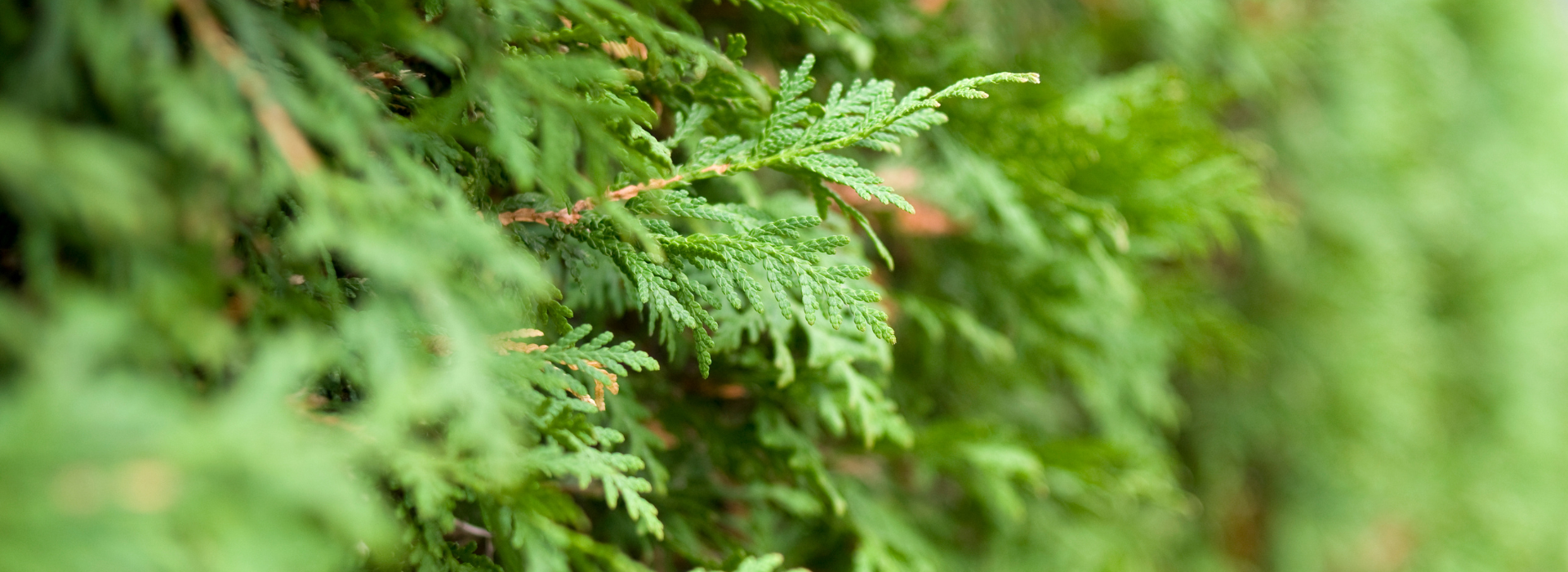
Like all plants, they are subject to various diseases that can compromise their health and aesthetics.
It's important to learn about cedar diseases so you can treat them as effectively as possible.
Several factors contribute to this. The main reasons are as follows :
- Cytosporium canker (Cytospora canker): It manifests as dark brown or black lesions on the bark, usually close to the ground. Affected branches may wilt, dry out and eventually die.
- Cedar-Apple Rust: A fungal disease that causes small orange growths on cedar leaves.
- Cercospora Needle Blight The disease is characterized by the appearance of brown or black spots on cedar needles. Infected needles may turn yellow, wilt and fall off.
- Thuja Blight: Depends on unfavorable environmental conditions and pathogens such as fungi and bacteria. Symptoms include yellowing of needles and falling branches.
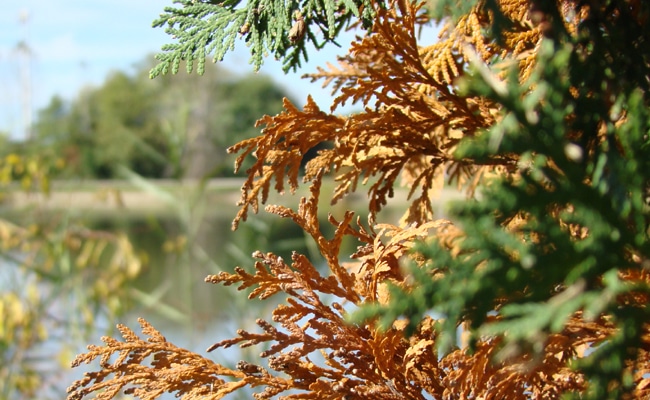
Appropriate planting
Choose cedar varieties suited to your region and plant them in appropriate soil and light conditions.
Hygiene
Remove infected plant parts regularly to prevent the spread of disease.
Appropriate watering
Make sure your cedars receive the nutrients they need, and avoid watering the needles.
Regular monitoring
Inspect your plants regularly for signs of pests or disease.
Find out more about our article ''Reviving cedars''.

Nous allons vous expliquez comment AquaColor peut transformer vos piscines, bassins, fontaines & spas en un espace de baignade unique et respectueuses de l’environnement.
The product offers a wide choice of colors to suit your needs.
Whether you want turquoise water like the ocean🟦 or more exotic tones like pink and purple🟪 you can customize its look to your heart's content.
Unlike some colorants, which can alter water quality, AquaColor has been specially designed to maintain the balance of your pool.
So you can enjoy vibrant colors without compromising the health of your aquatic ecosystem.
What's more, the color is ephemeral, harmless to humans, animals, fabrics and coatings, and technical equipment.
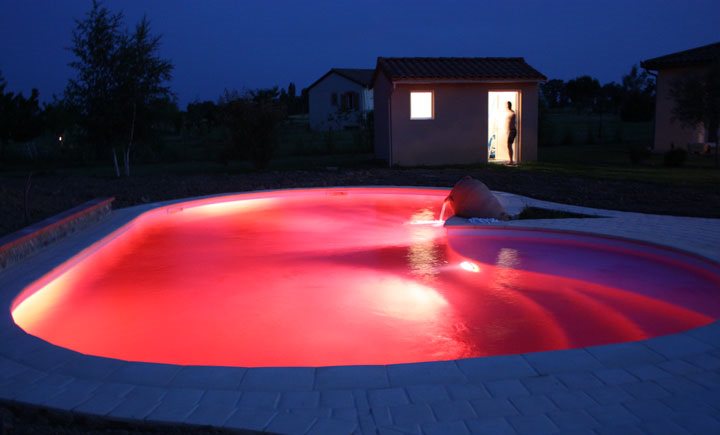
– I- Ideal for events
Whether it's a birthday party, wedding or theme party, AquaColor lets you create a unique atmosphere for every special occasion. Your guests will be delighted with your colorful pool.
AquaColor is easy to use and dose. Simply pour the appropriate amount of colorant into your pool, pond or spa and watch it transform.
The effect is immediate and can be stopped immediately by chlorination.
If necessary, use our Aqua Premio chlorine remover, to be poured into the water 2 to 3 hours before applying the colorant.